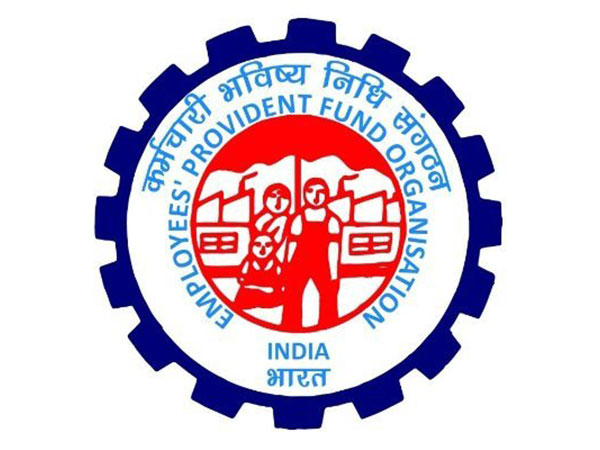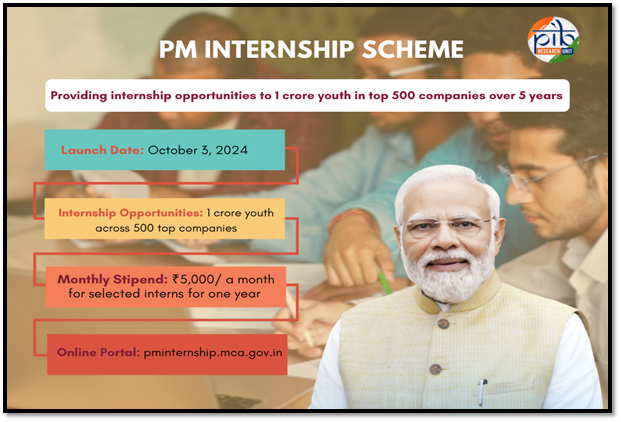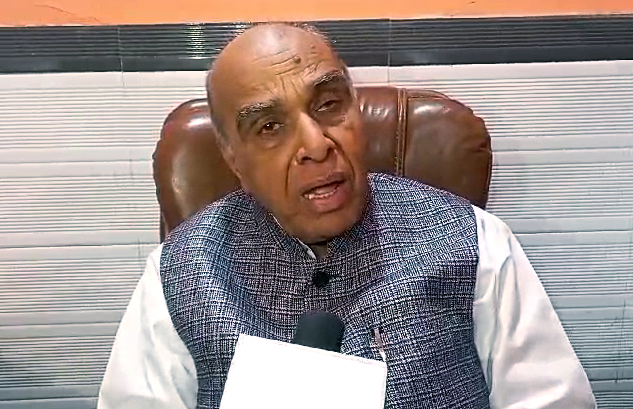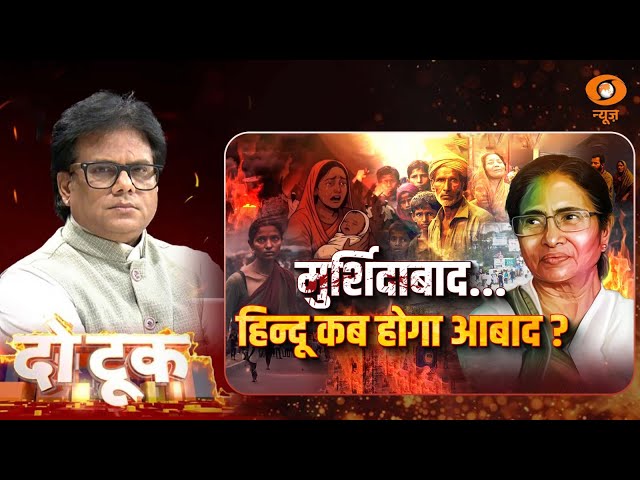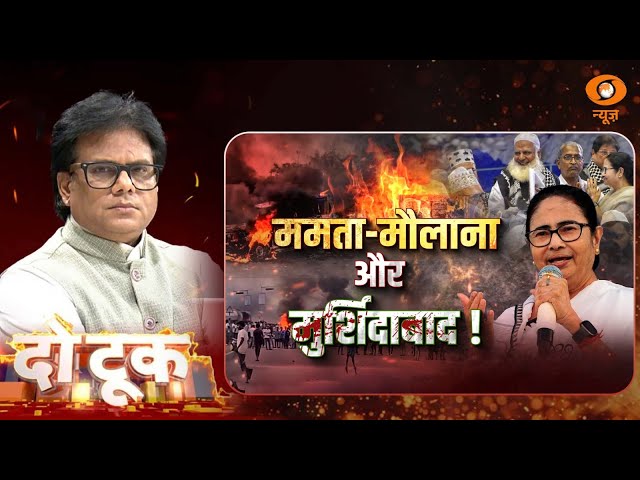At the United Nations’ first International Conference on Digital Public Infrastructure (DPI) in April 2024, held under India’s leadership, the global discussion centered on how this framework can accelerate sustainable development and promote inclusivity.
As a participant in these discussions, it was evident that India’s success in building open, interoperable, and citizen-centric DPIs has set a global benchmark.
While Aadhaar has transformed delivery of public services, social security and welfare measure for a large target audience, the Unified Payments Interface (UPI) has disrupted traditional banking and finance to make it inclusive and universally available to all.
These DPIs have demonstrated how technology can bridge accessibility gaps, improve governance, enhance efficiency, and unlock economic opportunities at scale.
India’s DPI revolution has proved that open digital infrastructure can accelerate social and economic development across sectors. This same digital-first approach also holds immense potential to address one of the country’s most complex challenges—energy transition.
The case for an India energy stack
With a target of 500 GW of non-fossil fuel capacity by 2030 and a net-zero commitment by 2070, India is moving forward to modernize its aging power grid, integrate large-scale renewable energy, and ensure affordability and accessibility for all.
However, several systemic barriers hinder this transition. Intermittent renewable supply, inefficient grid management, and a lack of real-time energy data make large-scale clean energy integration challenging. Financially struggling distribution companies, land acquisition hurdles, and storage constraints add further roadblocks. Fragmented policy implementation and regulatory misalignment between central and state governments hinder efficiency and slow progress.
To overcome these challenges, India needs a digitally integrated energy ecosystem—an ‘India Energy Stack’—that enhances efficiency, transparency, and inclusivity, much like the India UPI Stack transformed financial services.
Benefits of an energy stack
India’s energy governance must transition from a fragmented, legacy energy system to a digitally integrated, intelligent, and citizen-centric model.
A unified digital energy architecture could unlock efficiencies that today remain out of reach. Grid reliability could be transformed through real-time intelligence, markets could become more transparent and competitive, and decentralized renewable energy could be scaled more effectively.
Moreover, the convergence of AI, blockchain, and IoT in the energy sector has the potential to create a self-regulating, demand-responsive system, reducing inefficiencies and ensuring that energy flows dynamically when and where it is needed most.
A digital-first approach could also make India’s energy transition more equitable. By embedding granular data tracking and real-time analytics, clean energy can be expanded without placing additional strain on grid networks.
What can India do?
- India must establish a Digital Energy Identity (DEID) for every consumer, prosumer, and energy producer to enable seamless participation in energy markets, targeted subsidy distribution, and decentralized renewable energy trading. While Aadhaar can serve as a foundational identity layer, DEID should be designed specifically to track energy consumption, facilitate dynamic pricing, and integrate with real-time market mechanisms.
- A UPI-linked digital payment system for electricity can streamline transactions, allowing consumers to pay bills, trade surplus solar energy, and receive instant credits, eliminating inefficiencies in billing and settlement while improving financial inclusion. This could accelerate the PM Surya Ghar Muft Bijli Yojana, enabling seamless payments for households selling excess rooftop solar power to the grid, ensuring faster crediting and wider adoption of decentralized renewable energy.
- India must leverage the National Smart Grid Mission, which focuses on automation, communication, and IT systems to enhance real-time grid reliability. AI-driven forecasting and IoT-enabled smart meters should be deployed to predict demand fluctuations, prevent outages, and enable dynamic pricing. These technologies will help utilities optimize energy distribution, reduce peak load stress, and lower costs while ensuring better integration of renewables into the grid.
- India must develop a National Energy Data Platform (NEDP), building on NITI Aayog’s India Energy Dashboards (IED), to serve as a real-time, open energy data exchange. This platform should provide utilities, regulators, and startups with access to granular consumption patterns, grid load forecasts, and decentralized energy trading insights. A sandbox for innovation can help startups develop new use cases to improve demand-supply planning, optimize pricing, and enhance service efficiency, while standardized data drives market innovation, strengthens grid reliability, and supports AI-powered decision-making for a more adaptive energy ecosystem.
- India must integrate blockchain technology into its newly launched Carbon Credit Trading Scheme (CCTS) to ensure real-time verification, prevent fraud, and enhance market transparency. A decentralized, tamper-proof system can streamline carbon credit transactions, boosting investor confidence and attracting climate finance. This will position the country as a leader in global carbon markets, fostering a robust green investment ecosystem.
A well-executed India Energy Stack will not only accelerate India’s clean energy transition but also position the country as a global leader in digital energy innovation. However, its success will depend on addressing key challenges such as data privacy, cybersecurity risks, and the infrastructure costs of digital adoption. A robust regulatory framework and targeted incentives will be crucial to drive industry participation and ensure seamless integration.
This is India’s moment to set the standard for a future where energy is smarter, greener, and fully aligned with our vision of Viksit Bharat.
(Piyush Verma has previously served as a Senior Advisor on Energy Governance at the United Nations Development Programme (UNDP) in New York and is currently the Chief Technical Advisor at UNDP Samoa Multi-Country Office)











